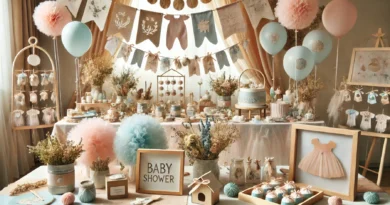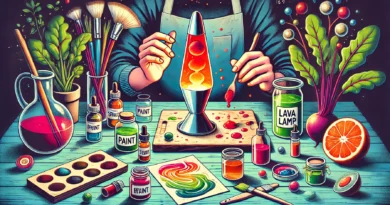Crafting for Storytelling: Creating Puppets, Scenery, and Characters
The art of storytelling has always been present in humanity, whether through oral traditions, books, or theatrical performances. However, an enchanting and creative way to narrate stories is by using puppets, scenery, and characters crafted by hand. Crafting allows stories to come to life, sparking the imagination and interest of both children and adults. This practice, besides being an excellent form of artistic expression, can also be an educational tool, aiding literacy, emotional development, and communication skills.
Puppets and other scenic elements can be made with simple materials such as felt, EVA foam, cardboard, and various fabrics. In addition to being accessible, these materials allow customization according to the story’s theme. This way, each creation becomes unique and special, reflecting the artisan’s creativity. One of the great advantages of crafting is the ability to repurpose recyclable materials, such as old socks, paper rolls, and bottle caps, promoting sustainability.
Using scenery and characters made by hand also helps make storytelling more engaging. A well-crafted background, combined with detailed puppets, transforms any story into a visually rich experience. This approach is especially effective for teachers, storytellers, and parents who wish to stimulate children’s learning and creativity. Furthermore, stories can be adapted to different age groups and cultural contexts, making storytelling a truly interactive experience.
Creating Handmade Puppets
Puppets are incredible tools for storytelling as they enable interaction and dynamism. To make a simple felt puppet, you will need:
- Colored felt
- Scissors
- Hot glue or needle and thread
- Plastic eyes (optional)
- Wool or cotton for hair
- Buttons and ribbons for decoration (optional)
Step-by-step instructions:
- Cut out two identical templates in the desired shape (e.g., a person or an animal).
- Sew or glue the edges, leaving the bottom open for hand placement.
- Decorate with eyes, mouth, hair, and clothing made of felt or other materials.
- Add extra details to enhance the puppet’s appearance.
- Allow to dry completely (if using glue) and start telling stories!
Building Enchanting Scenery
Scenery is essential to set the scene and enrich storytelling. It can be simple, made from cardboard and construction paper, or more elaborate, using fabrics and three-dimensional elements. A practical way to create scenery is by assembling a paperboard theater backdrop decorated with thematic drawings or collages.
To make the scenery more dynamic, movable elements can be added, such as doors and windows that open or small pieces that slide from one side to another. This way, the setting interacts better with the characters, making the narrative even more immersive. An interesting idea is to create modular scenery that can be swapped according to the story’s needs, offering more flexibility and creativity to the storyteller.
Characters and Facial Expressions
Characters are the protagonists of stories and need to be well-characterized. Varied facial expressions are fundamental to conveying emotions and making the storytelling more engaging. A useful technique is to create puppets with interchangeable faces, using small Velcro pieces to swap mouths and eyebrows, allowing different expressions.
Besides traditional hand puppets, stick puppets, sock puppets, and articulated dolls can also be made. Each type offers a different effect in storytelling, allowing for dynamism and variation in performances. Characters inspired by classic stories, fairy tales, or even original characters created by children can be crafted, encouraging creative thinking.
Conclusion
The use of puppets, scenery, and characters in handcrafted storytelling is a charming way to engage the audience and spark creativity. In addition to being playful tools, these elements help develop oral expression, social interaction, and imagination. With simple materials and a lot of creativity, it is possible to create a true handcrafted spectacle, making each story unforgettable. By incorporating handmade elements, every story becomes unique and personalized, strengthening emotional bonds and providing memorable experiences for everyone involved.



